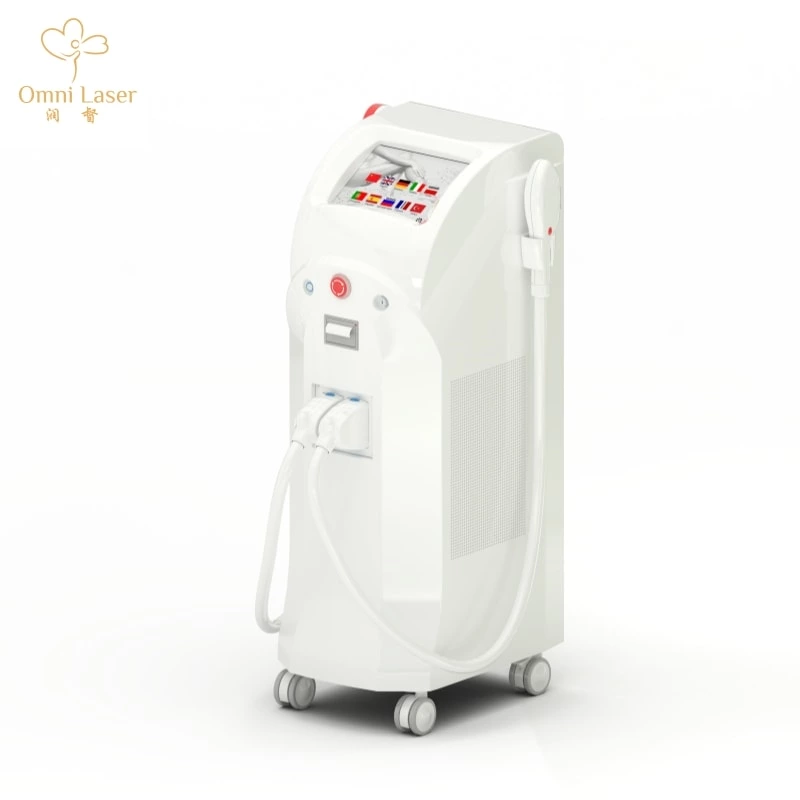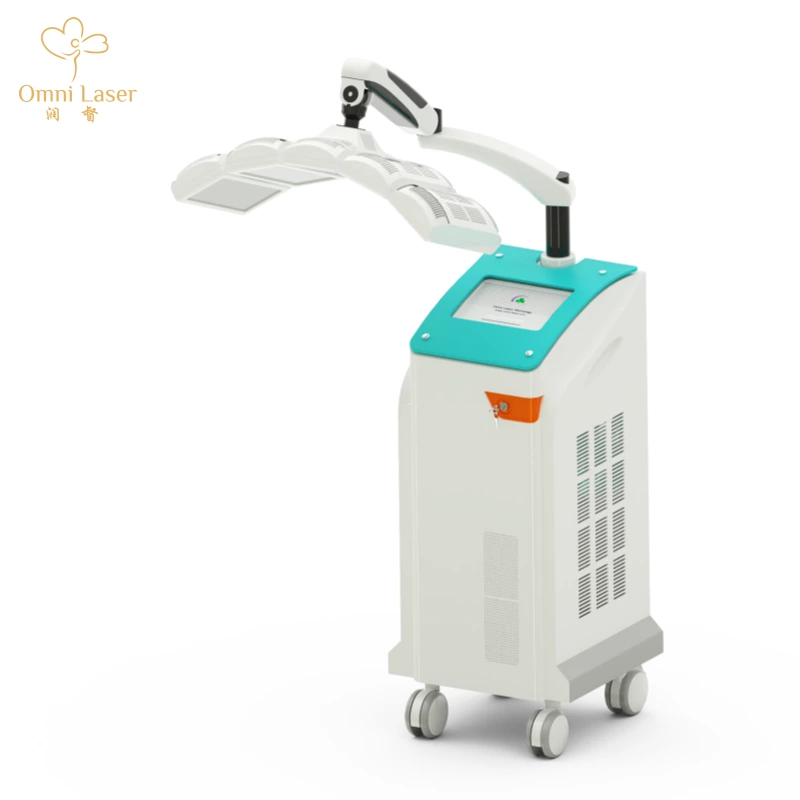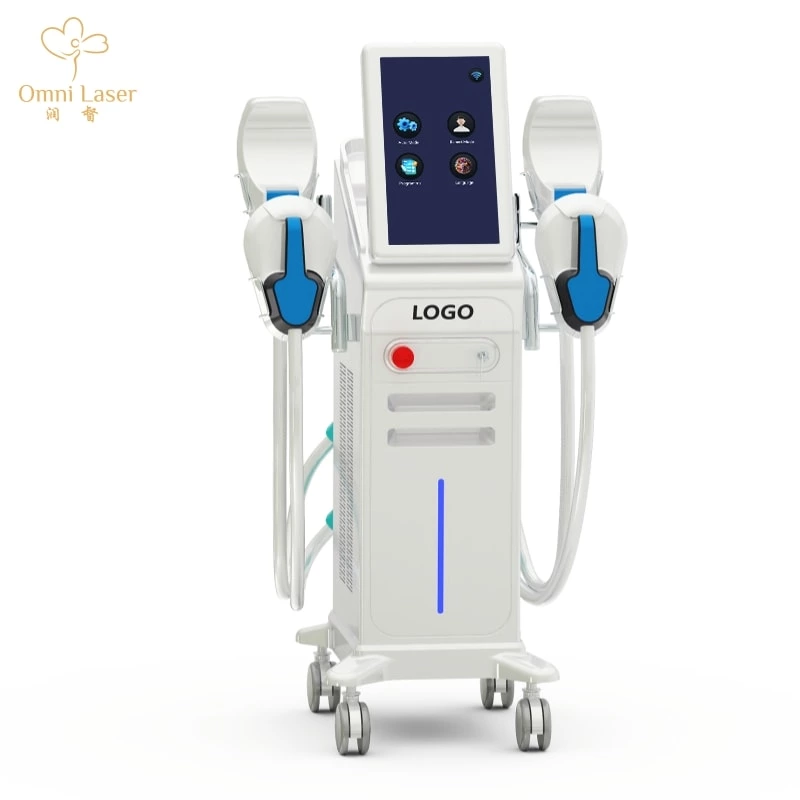Unveiling the Veil of Skin Cancer: A Detailed Explanation of Facial Protection and Photodynamic Therapy
Facial Protection Handbook: A Comprehensive Analysis from Prevention to Photodynamic Therapy
Skin cancer is one of the most common types of cancer, including basal cell carcinoma, squamous cell carcinoma, and malignant melanoma. Different types of skin cancer have different appearances, but understanding these characteristics can help detect and treat them early.

Appearance of skin cancer
1.Basal cell carcinoma (BCC):
- Usually presented as a small, transparent or pearl shaped nodule.
- May have vasodilation, prone to bleeding or ulceration.
- Commonly found in areas exposed to sunlight, such as the face, ears, and neck.
2.Squamous cell carcinoma (SCC):
- Usually presented as a red, scabbed nodule or plaque.
- The texture is hard, the surface is rough, and there may be ulcers or scabs.
- Commonly found in areas exposed to sunlight, such as the face, back of the hand, and forearms.
3.Malignant melanoma:
- Often manifested as an asymmetric, irregularly edged pigmented plaque or nodule.
- Uneven color, including brown, black, blue, and even red.
- The diameter is usually greater than 6 millimeters and may increase or change shape.
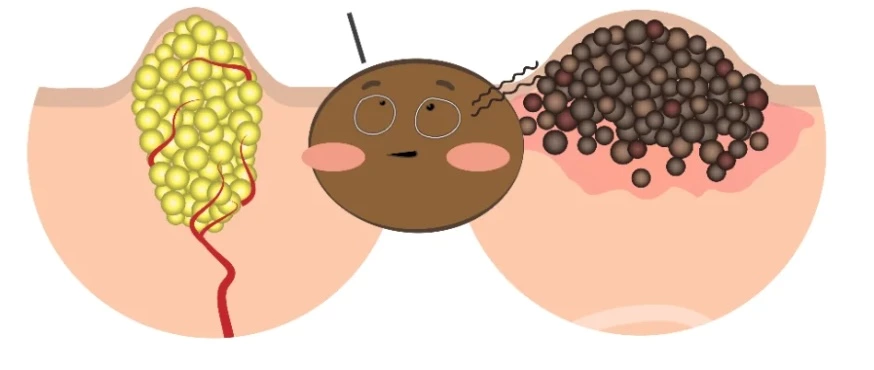
How to protect the face from skin cancer
To effectively prevent skin cancer, especially on the face, the following measures are very important:

1.Use sunscreen:
- Apply broad-spectrum sunscreen with an SPF of at least 30 every day, especially before outdoor activities.
- Apply it every 2 hours, especially after swimming or sweating.
2.Wear protective equipment:
- Wear a wide brimmed hat and UV resistant sunglasses to protect your face and eyes.
- Use a parasol or seek shade to reduce direct sunlight exposure.
3.Avoid direct sunlight:
- Try to avoid prolonged exposure to sunlight between 10am and 4pm when the sun is strongest.
- If you have to go out, try to wear long sleeved clothes and pants.
4.Regular skin check ups:
- Regularly self examine the skin, especially the face, ears, and neck, paying attention to any new or changing spots or nodules.
- Conduct a professional skin examination once a year.
Photodynamic therapy (PDT) for the treatment of skin cancer
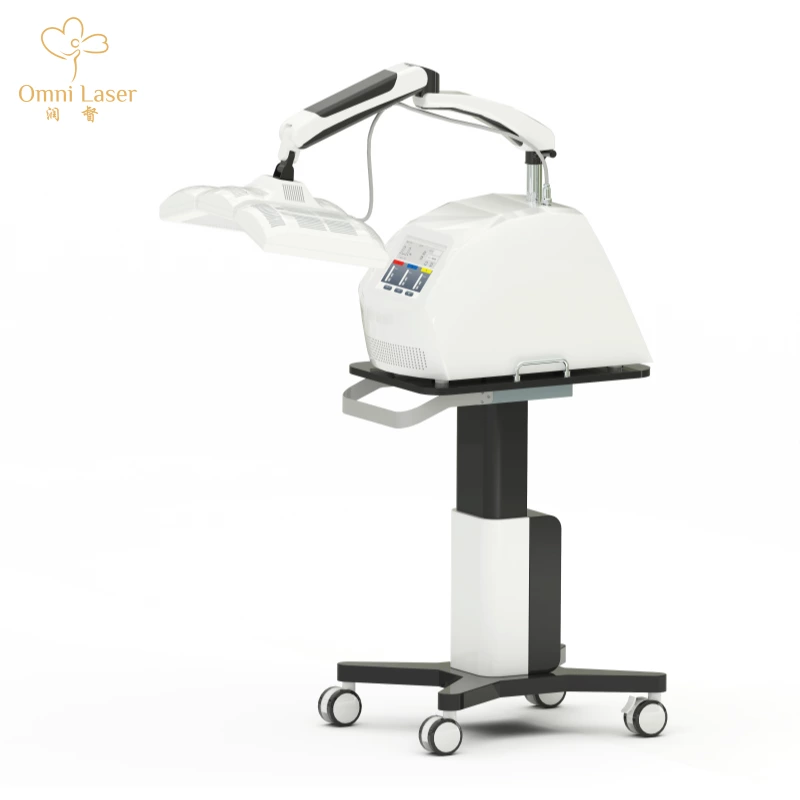
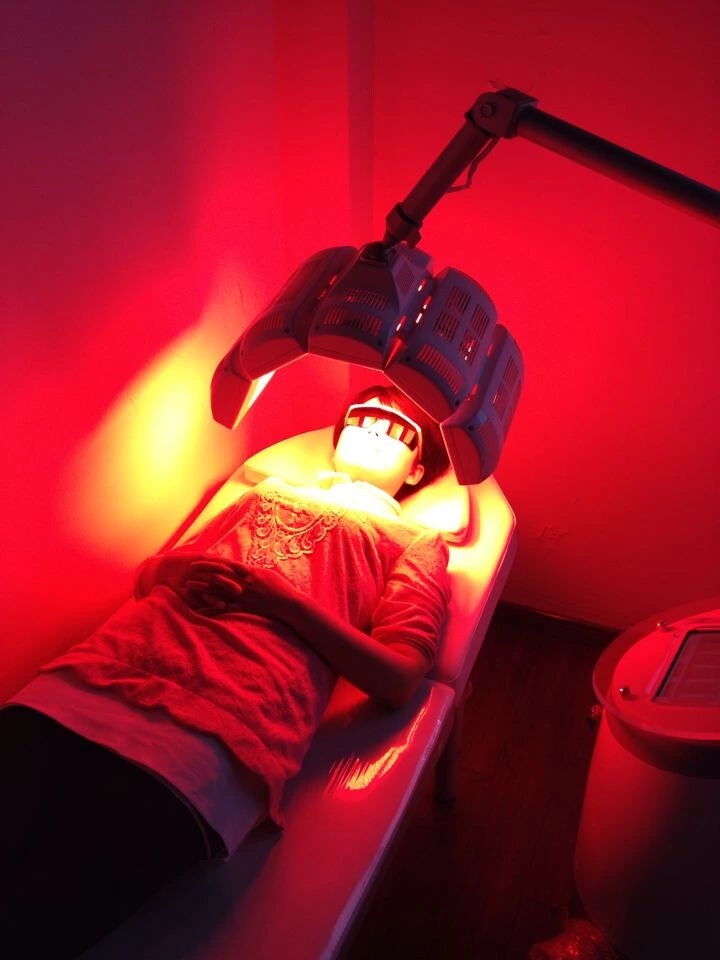
https://www.omni-lasers.com/products/pdt-therapy-system
Photodynamic therapy (PDT) is an effective non-invasive treatment for skin cancer. The main process includes:
1.Drug application:
- Apply photosensitizer drugs (such as aminolevulinic acid) to the affected area.
- Drugs accumulate within cancer cells and have little impact on normal cells.
2.Phototherapy:
- After drug absorption, irradiate the affected area with light of a specific wavelength.
- The photosensitizer reacts under light to release reactive oxygen species molecules, killing cancer cells.
3.Therapeutic effect:
- PDT is usually performed in outpatient settings, with fewer side effects and better recovery outcomes.
- PDT has significant therapeutic effects on early basal cell carcinoma and squamous cell carcinoma.
Conclusion
Early detection and prevention of skin cancer are crucial. Understanding the appearance characteristics of skin cancer, taking appropriate protective measures, and seeking medical attention in a timely manner are key to protecting skin health. In addition, photodynamic therapy, as an effective treatment method, provides more choices for skin cancer patients. Protecting oneself and valuing skin health is a topic that everyone should pay attention to.
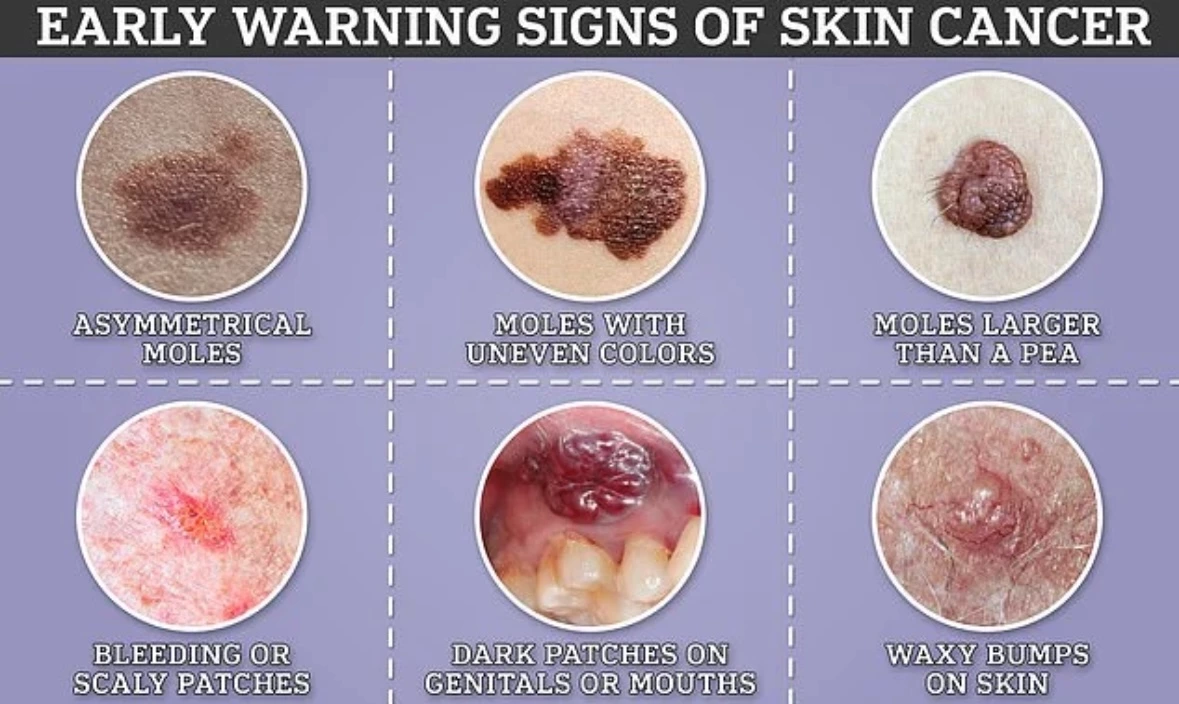
By Elsen

